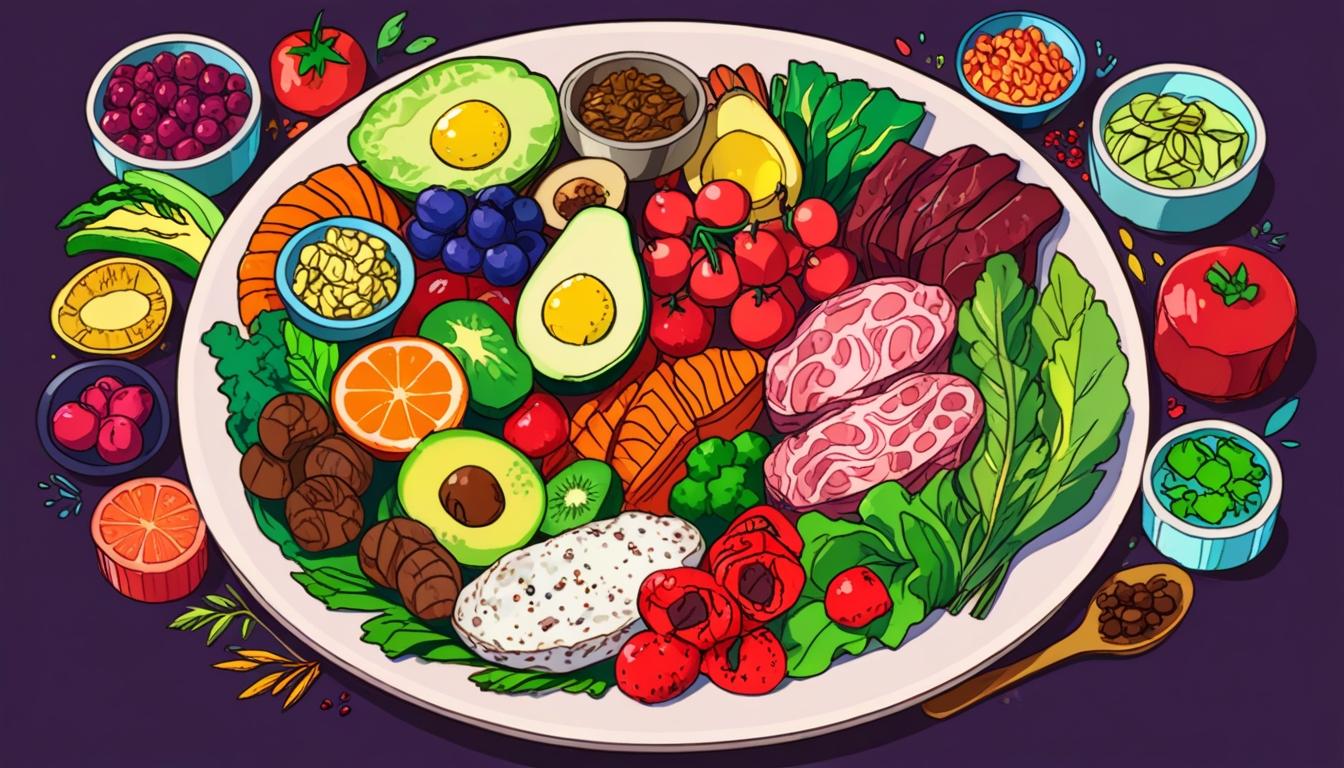The health and wellness industry has witnessed an impressive surge, reaching a market value of $6.3 trillion (€5.5 trillion) and contributing 6.03% to global GDP, according to the Global Wellness Institute. This significant growth is largely attributed to the popularity of various diets, each influencing consumer preferences and food and beverage sales worldwide.
One of the most longstanding diet trends is the low-carbohydrate diet, which has gained traction as a strategy for weight loss. The increasing demand for low-carb products has led to a notable rise in the number of new product launches. These include high-protein offerings such as meat, fish, and eggs, as well as reformulated versions of traditionally high-carb items like pasta, bread, and baking ingredients. Research from Mintel confirms that these product launches have sharply increased in recent years.
Similarly, the ketogenic diet, known commonly as keto, has emerged as a global phenomenon linked to several health benefits, including weight loss and improved cognitive function. The global market value for keto products currently stands at $9.42 billion, projected to escalate to $16.23 billion by 2033, according to Spherical Insights. The diet's focus on restricting carbohydrate intake encourages the production of ketones, an alternative energy source for the body, with core foods including meats, dairy products, nuts, and seeds.
Another diet gaining recognition is the Autoimmune Protocol diet (AIP), which aims to identify and eliminate foods that may trigger autoimmune disease symptoms. As autoimmune diseases are chronic conditions, the AIP diet seeks to manage them through dietary adjustments. Foods typically excluded during the initial phase of the diet encompass dairy, grains, and many legumes, while fresh meat, non-nightshade vegetables, and certain fermented products are encouraged.
In recent years, consumer interest has also turned towards the low-histamine diet, which has seen a surge in inquiries. Chloe Hall, founder of The Calm Gut Dietitian, noted, “In the last few years I’ve seen a huge increase in people asking about the low-histamine diet.” The diet aims to reduce histamine levels, a compound produced in the body and found in various foods. It focuses on consuming fresh meats, eggs, and certain whole grains while avoiding aged cheeses, processed meats, and citrus fruits, which are typically high in histamine.
Additionally, the low-cortisol diet is rapidly gaining traction, particularly through social media platforms. Though lacking an official definition, this eating style focuses on avoiding foods that elevate cortisol levels—such as red meats and processed items—and encourages the inclusion of fruits, vegetables, and whole grains. Cortisol, a stress hormone, is vital for the body’s “fight or flight” response but can lead to health issues if levels remain elevated over prolonged periods.
Meanwhile, the broader concept of gut health is emerging as a compelling force within the food industry. The global digestive health products market is valued at $51.62 billion and is expected to grow at an annual rate of 8.3% over the next five years, according to Grand View Research. This trend is evidenced by increased sales of probiotic-rich foods such as kefir, kombucha, kimchi, and sauerkraut. Rick Miller, associate director for specialised nutrition at Mintel, commented on the significance, stating, “Gut health really is an important area within food and drink, particularly functional food and drink.”
These dietary trends illustrate a significant shift in consumer behaviour, with more individuals actively seeking out food and beverage options that align with their health and wellness aspirations.
Source: Noah Wire Services
